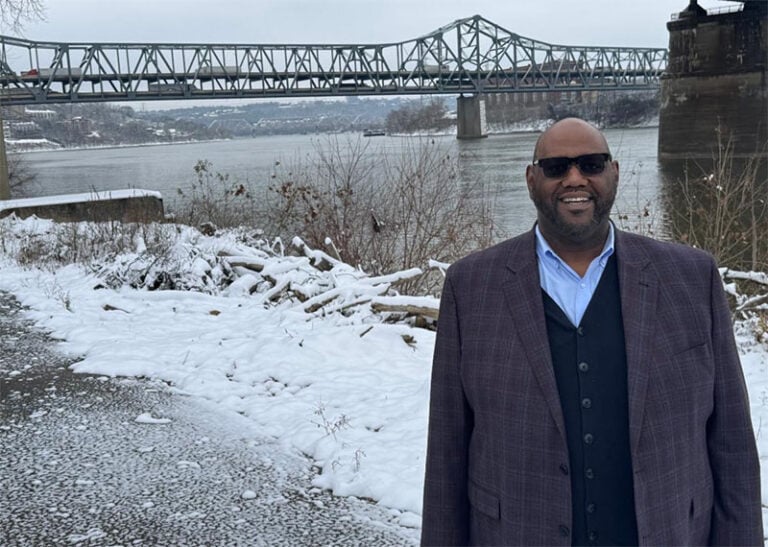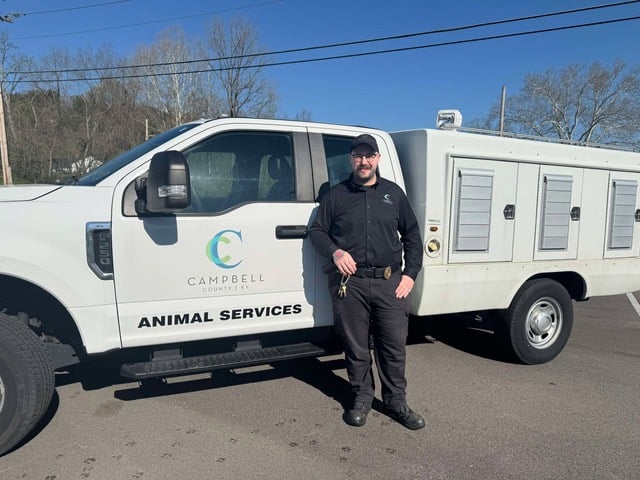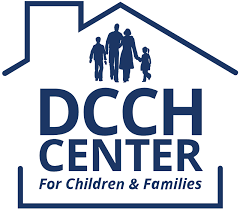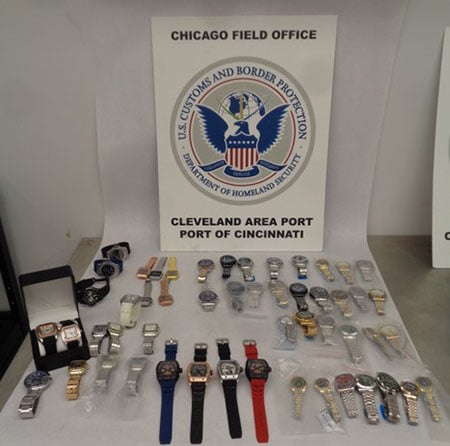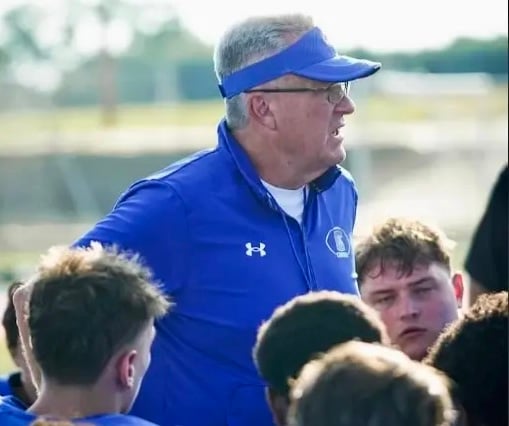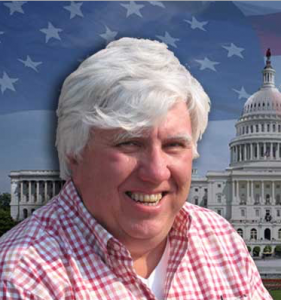As the youngest of five kids and the only Baby Boomer in the bunch, I got the leftovers, the hand-me-downs, and a constant chorus of whispered jibes from my siblings that usually amounted to “You’re such a brat.”
 On the flip-side, I enjoyed the benefit of aging parents — too tired to follow my every move, and too spent to intervene in spats with my sisters and brother when I invaded their spaces and appropriated their belongings.
On the flip-side, I enjoyed the benefit of aging parents — too tired to follow my every move, and too spent to intervene in spats with my sisters and brother when I invaded their spaces and appropriated their belongings.
Kilroy, a stuffed animal, was my sister Jeanne’s. I do not remember how or where she got him, but I know I loved his unblinking amber eyes, the soft plush of his “fur,” and the fact that he seemed to be the only other person in the family about my size. Everyone else looked down on me, but not Kilroy. We saw eye to eye.
My little fingers could not be pried away from Kilroy as I dragged him around. “Mine,” I insisted, when anyone threatened to take him. “Kilroy’s mine,” I said.
Just saying Kilroy’s name — a satisfying mash-up of Roy Rogers and what I wanted to do to my big brother, Roger, when he teased me — was fun.
Years later, I learned that Kilroy had a universal meaning during World War II and Korea. The cartoon face and accompanying graffiti showed up everywhere. Kilroy was the anonymous symbol of the American G.I., a reminder that another soldier was there in the before-and-after of war. In more contemporary jargon, Kilroy had your back, coming and going, no matter what.
My father had fought in WWI and was too old for WWII, but most of my classmates’ fathers had fought in the years between 1941 and 1945. Many mothers had been war brides. Wedding pictures were often displayed in their homes, with fathers in military garb and mothers in a tailored suit or church dress with a corsage. Not many wore the white gowns and flowing veils my generation would aspire to. Weddings happened on leave or before a soldier shipped out.
As I got older, I began to realize how much of an impact WWII had on my generation, yet we seldom talked about it. In school, we studied American history from Plymouth Rock on up, but by the time we got to World War I, the League of Nations, the Great Depression, and the rise of Hitler, the year was just about over. WWII was a quick summary right before final exams.
My husband was born in 1939, so the war was all he knew when he was little. His favorite cousin, Johnny, made a deep impression. Roy remembers the thrill when Johnny was on leave from the Army and came to visit. My husband also remembers the terrible grief of his mother and her sister’s family when Johnny was killed in the war.
Over time, some of my husband’s family letters from Johnny surfaced, and they inspired me to start writing a series of interrelated poems that told the story of one Kentucky family during the war. I gathered information beyond that from research in newspapers, magazines, and books, and also interviewed scores of people who grew up on the home front during WWII.
Through that process, I realized how important oral history is, and I continue to encourage people to make sure they collect oral histories from family members while the past is still vivid in their memories.
When my poetry series found a publisher, I titled the book “Kilroy Was Here,” a reminder that history, its heroes and heroines, are often right in front of us, sitting around the kitchen table, telling their stories. We need to make sure we listen.
Kentucky is the only state with an Oral History Commission, and resources abound online to guide those eager to capture family history. For more information, click here .
“Kilroy Was Here” is available through the Murray State University bookstore and Amazon.com.
Constance Alexander is a columnist who lives in Murray. Contact her at constancealexander@twc.com.













